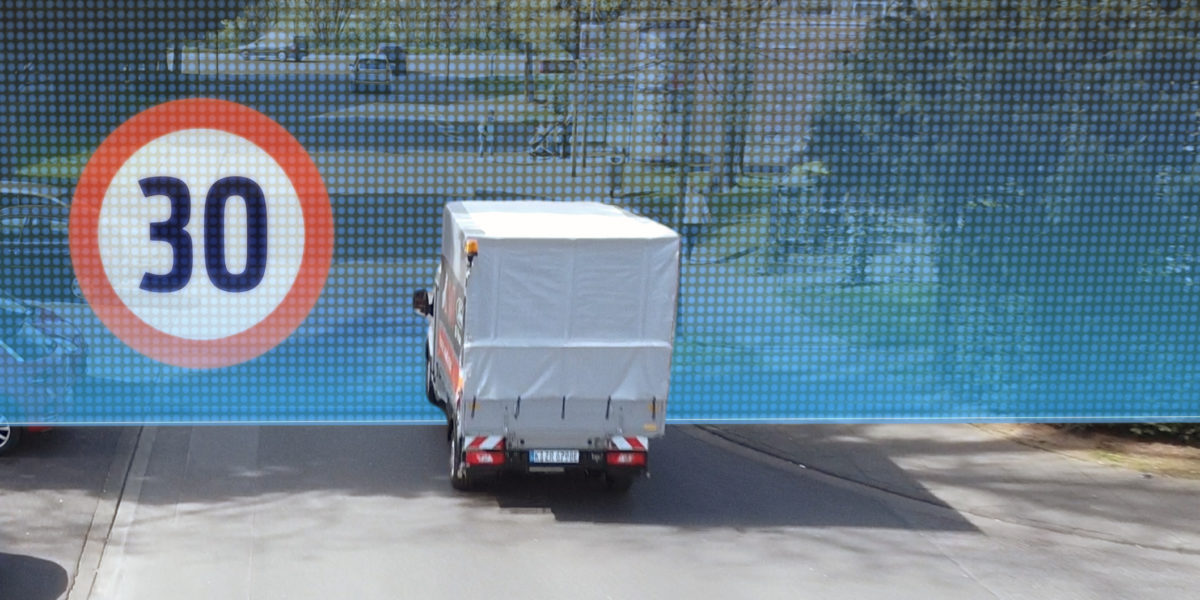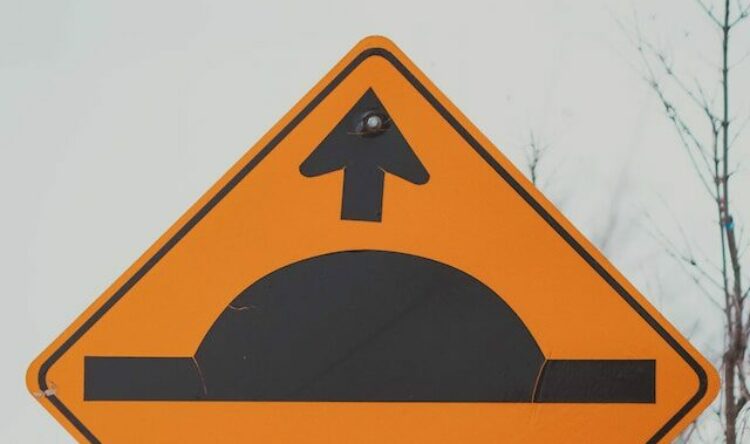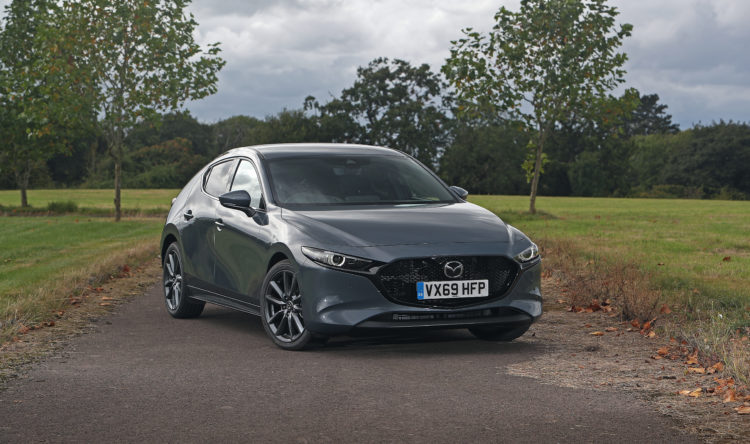Ford reduces the need for road signs
Technology aimed at improving road safety, air quality and lawful driving
Many cities and towns limit speeds around schools, hospitals and shopping areas. Seeing the signs, however, can depend on how visible they are. Street furniture is increasing, trees and shrubs are left unmaintained, and more parked cars and van obscuring views.
Ford is trialling connected vehicle technology using geofencing – a virtual geographical boundary. They claim this could one day do away with the need for speed limit signs completely. As well as improving road safety, the system could also help drivers avoid inadvertently break the law. It could aid driver to keep to speed limits, whilst also improving roadside appearances by reducing clutter.
Michael Huynh, manager, City Engagement Germany, Ford of Europe says it “has the proven potential to help make everyday driving easier and safer.”
“Geofencing can ensure speeds are reduced”.
Helping keep speed down
In Europe, up to 29% of road fatalities are pedestrians and cyclists, depending on the country. Setting up 30 km/h zones is considered key to reducing the risk to pedestrians in urban areas. It allows more time for drivers to react and the impact speed is lower.
Following on from Intelligent Speed Assist and Adaptive Cruise Control, Ford’s Geofencing Speed Limit Control system has the potentially to be more flexible and effective.
Researchers are using two FordPro vehicles to analyse the impact of speed limiting in terms of improving traffic flow and reducing the risk of accidents. Testing is taking place with the all-electric Ford E-Transit vans in Cologne, Germany.
The 12-month trial builds on other recent Ford research projects that endeavour to help improve road safety. These include connected traffic light tech that could automatically go green to offer clearer routes for ambulances, fire engines and police vehicles. There is also the use of specific speakers inside the vehicle to alert drivers to the direction from which people and objects are approaching.
Ford’s Local Hazard Information, introduced on Ford Puma in 2020, is also helping to make roads safer. The connected technology, now on 500,000 Ford vehicles in Europe, alerted drivers to more than 35,000 broken down vehicles, both Ford and non-Ford, and warned drivers of more than 100,000 hazards ahead per month in Europe in 2021.
How it works
The trial is the result of a collaboration between Ford, city officials in Cologne and Aachen. Engineers developed technology that connects the vehicle to the geofencing system for GPS tracking and data exchange.
The driver receives the information via the dashboard display cluster. The new speed limit flashes below the current speed. The vehicle automatically reduces speed in line with the geofenced zone. The driver can override the system and deactivate the speed limit control at any time.
In the future, drivers could also set their own geofencing zones at speeds as low as 20 km/h, including at depots and private facilities. Speed limits could also be set dynamically, to take into account local hazards, temporary road works and the time of day.
Clutter
In the UK, it is estimated that the number of road signs has doubled in the last two decades, to around 4.6 million in total. The Department for Transport is requesting local councils remove unnecessary and unsightly signs. Reducing the number of signs on the roads could go a long way towards decluttering our cities. Drivers would also be able to concentrate on the roads rather than keep watch for signs.
Ford is also using geofencing technology to improve air quality in cities. It will be able to ensure hybrid electric vehicles runs automatically in zero-emission electric-drive mode whenever the vehicle enters a low emission zone.






